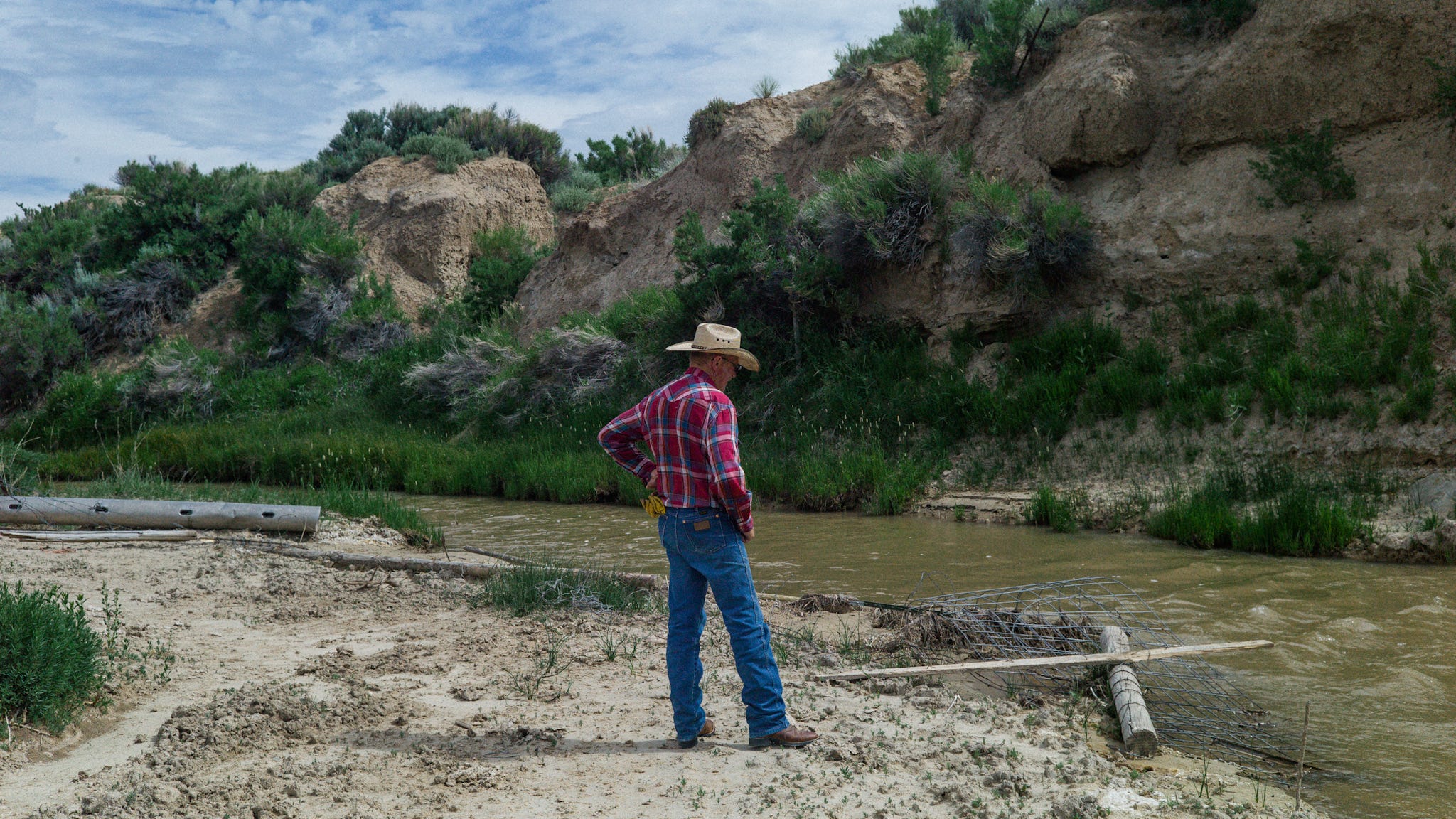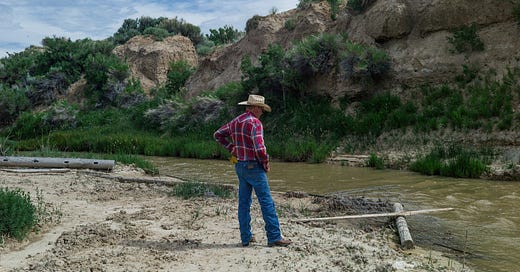In America, Owning Your Own Land Doesn’t Mean You Can Stop Oil Companies From Ruining It
Polluted groundwater put these Wyoming farmers’ livelihoods at risk. They found out the hard way that what happens below their property is legally none of their business.

Photos by Alex Thompson
On a frosty winter morning in 2005, Louis Meeks was drilling a well on his property in Pavillion, Wyoming. It was his second well – he’d recently discovered that the water in his first was contaminated by a variety of toxic chemicals linked to the natural gas industry. Meeks heard a loud explosion, and, rushing outside, found that the drill had hit a pressurized methane gas lens. After the explosion, the water shot out of the ground, then froze mid-air, serving as an effigy for the contamination issues that plague the town of Pavillion.
Keep reading with a 7-day free trial
Subscribe to Narratively to keep reading this post and get 7 days of free access to the full post archives.



